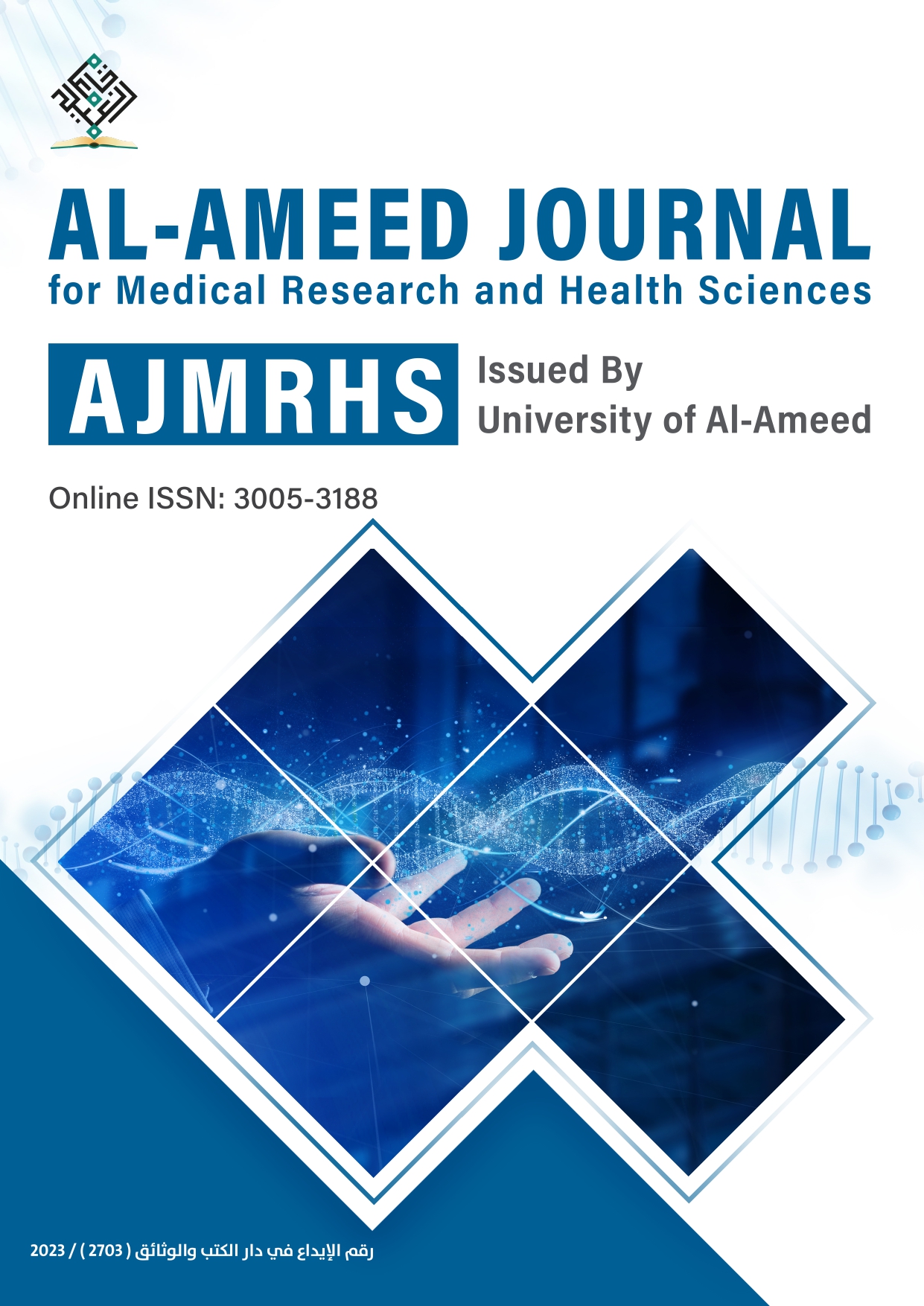Abstract
Sperm morphology, the study of the size, shape, and appearance of sperm cells, is vital in evaluating male fertility.
This assessment has evolved through decades of research, beginning in the 1930s with foundational classification systems by Cary and Moench.
A significant advancement came in the late 1980s with the Kruger strict criteria, which standardized sperm
morphology evaluation using high-magnification microscopy and advanced staining, supported by the WHO.
This standardization is crucial in diagnosing male infertility and optimizing treatment strategies. In assisted reproduction technologies like IVF and ICSI, normal sperm morphology is essential for predicting fertilization potential and successful pregnancy outcomes.
The review article aims to explore the historical evolution, scientific advancements, and standardization efforts in
sperm morphology assessment, focusing on its impact on diagnostic accuracy and treatment efficacy in male infertility and ART.
This assessment has evolved through decades of research, beginning in the 1930s with foundational classification systems by Cary and Moench.
A significant advancement came in the late 1980s with the Kruger strict criteria, which standardized sperm
morphology evaluation using high-magnification microscopy and advanced staining, supported by the WHO.
This standardization is crucial in diagnosing male infertility and optimizing treatment strategies. In assisted reproduction technologies like IVF and ICSI, normal sperm morphology is essential for predicting fertilization potential and successful pregnancy outcomes.
The review article aims to explore the historical evolution, scientific advancements, and standardization efforts in
sperm morphology assessment, focusing on its impact on diagnostic accuracy and treatment efficacy in male infertility and ART.
Keywords
Assisted reproduction technologies
infertility
Kruger strict criteria
Sperm morphology
World Health Organization criteria
